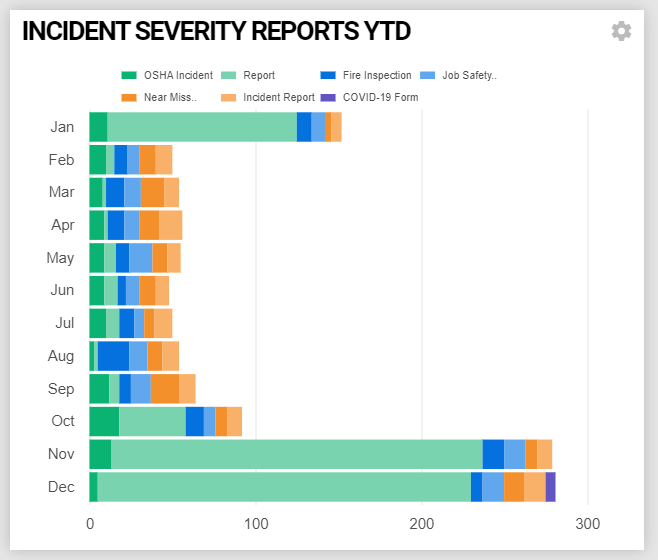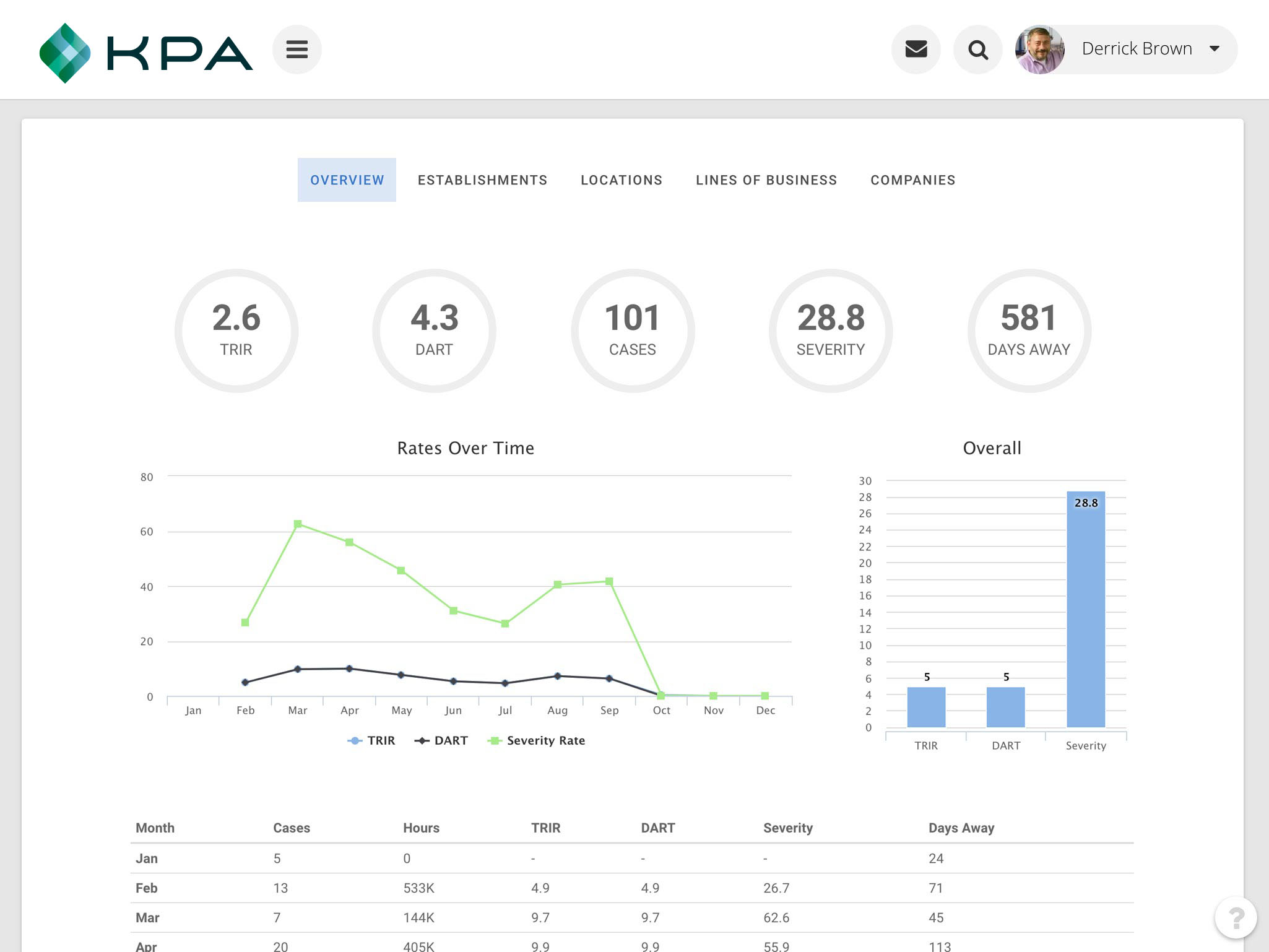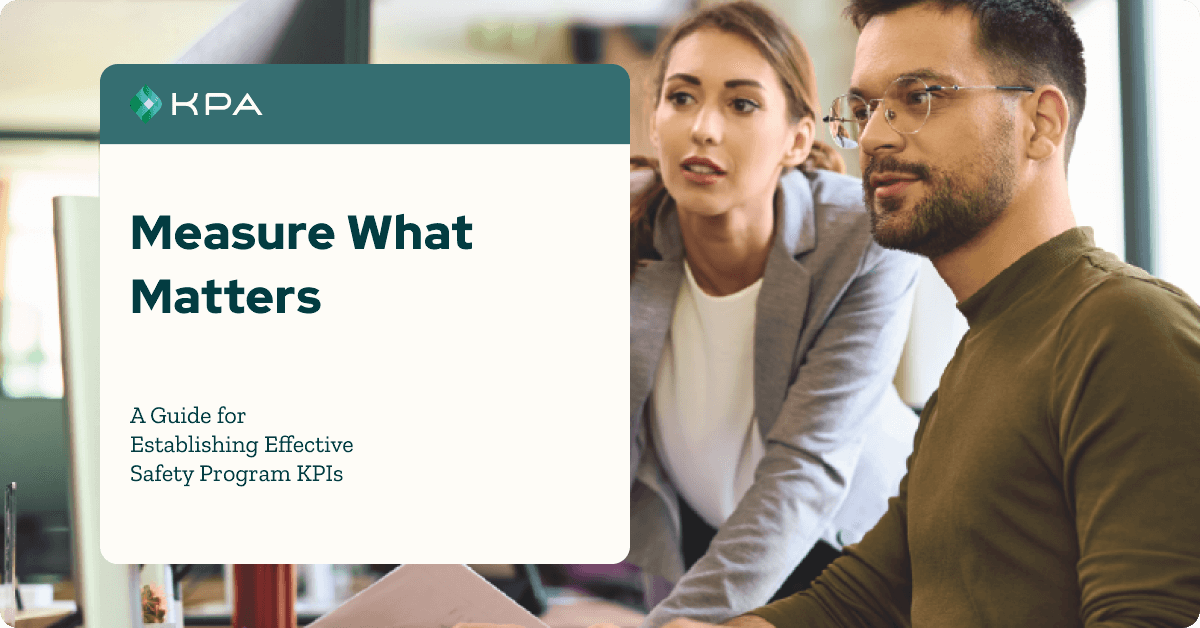Imagine you had a process to catch issues before they became problems – keeping your business efficient, your people happy, and your money in your pocket? That’s the premise beind Corrective and Preventive Actions (or CAPA for short.) CAPAs are systemic improvements to an organization’s processes designed to fix recurring safety issues. Want to learn how to use them in your organization? Well, read on…
What are Corrective and Preventive Actions?
Corrective Actions
Reactive
Corrective actions are intended to stop current issues from recurring.
When a workplace incident occurs, or an inspection uncovers a safety hazard, the tasks required to remedy the issue are called corrective actions. Training is often considered a corrective action as well. For instance, if there is an accident involving a forklift, the safety manager may require all operators to take or re-take forklift safety training.
Preventive Actions
Proactive
Preventive actions are designed to prevent risks from happening in the first place.
Not all safety management tasks are reactive measures to correct existing safety risks. A safety manager taking preventive actions seeks to prevent risks from arising in the first place.
How do you determine which corrective and preventive actions to take?
The answer lies in your safety program data – your reporting will point the way.
Monitoring for Preventive Actions
Here are three reports to keep on top of to help determine your highest priorities for preventive actions.
Start with Near Miss Reports. Use them to reduce potential incidents by keeping a careful record of all close calls reported to management. By tracking near misses, safety leaders can proactively prevent them from recurring, potentially resulting in more severe injuries. Organizations with a Near Miss policy and a system to capture and report them are taking the proper steps to identify and control hazards, reduce risk and prevent harmful incidents.
Training Reports are an equally crucial leading indicator. Proper training can prevent many serious workplace injuries. And pockets of employees who haven’t completed their safety training are red flags for mishaps in the future. Gain a holistic view of your companies’ training completion rates using training reports, then follow up with the laggards who may be putting themselves at risk by not completing required training.

Another way to capture leading indicators is a Job Safety Analysis (or JSA for short). JSA is a reporting tool used to identify and control potential hazards associated with jobs, procedures, environments, or processes. JSA’s are an exercise in detective work to help answer questions like “What could go wrong?” and “What are the consequences?” By tracking via JSA, you can stay aware of safety concerns, inform your policies, and eliminate hazards that lead to serious accidents.
Monitoring for Corrective Actions
Use your data and analytics tools to take account of long-term trends and evaluate the past performance of your safety procedures. Lagging indicators can help inform what improvements you can make to your future policies.
Reporting can help you analyze your team’s incident management in terms of preparedness, response, and recording. Incident Management analytics give you a firm understanding of your current procedures and how to improve them.

OSHA reporting and workplace safety data go hand-in-hand. OSHA gathers safety data from companies through three main forms: OSHA Form 301, OSHA Form 300, and OSHA 300A.


Your guide for establishing effective safety program KPIs. As organizations continually strive to improve their safety standards, the role of Key Performance Indicators (KPIs) in shaping an effective safety program is more crucial than ever.
Developing Your Process For Taking Preventive or Corrective Actions
Corrective and preventive actions are designed to improve employee behavior or process performance. And there are a few steps to develop and put your actions in place.
1. Identify the problem
A pretty obvious first step, but an important one. Can you pinpoint what is currently happening and compare it to what, in theory, should be happening? Being specific in this phase helps get to a root cause and corrective action faster.
2. Quantify the problem
Is it bigger than a breadbox? How extensive is the scope of this problem? Does it only happen on certain days or shifts? Does it impact the entire company or just one department?
3. Contain the problem
Take steps to stop the problem now while investigating how to fix the root cause. Remember that this is a stop-gap solution and may not catch the problem again while investigating that root cause.
4. Identify the root cause
What is the underlying issue that’s causing the problem? There are a few strategies safety professionals use to uncover the underlying issue. The five why’s or fishbone diagram are two common strategies.
5. Address the root cause
Now that you’ve uncovered the cause of the problem, what’s your plan for eliminating it? Besides laying out your tactics, your plan should include topics like timing, people involved, estimated costs and ROI, and approval processes. Lastly, you’ll want to include a plan for monitoring to ensure that the tactics put in place remedy the problem.
6. Execute your plan
Put your plan into action. Since your plan already identifies the who, the what, and the when, the process should be straightforward.
7. Monitor your fix
Check-in periodically to ensure the problem is no longer occurring or that your fix hasn’t introduced new issues.
CAPAs Contribute to a Strong Safety Culture
One of the best ways to help ensure CAPAs are documented and acted upon is to encourage your entire workforce to participate. Giving your workforce the tools and training they need to report hazards improves the odds that actions will be effective. Why? Because workers know more about their job tasks and associated safety risks than anyone else.
How KPA Helps Manage Corrective and Preventive Actions
KPA’s software platform provides tools, reporting, and training to help you implement effective corrective and preventive actions. With a custom form builder, create inspection checklists, JSAs, health screening forms, incident severity reports, and equipment evaluation forms that are all tailored to the needs of your business.
Assign safety training and track completions so you are certain your employees are fully up to speed on relevant safety topics, including those recommended by OSHA. You can also customize KPA training content or upload and manage your own training in the integrated learning management system.
With KPA’s powerful reporting capabilities, use data insights to identify actionable next steps to resolve safety issues and what retraining can be enforced to prevent future accidents.
Related Content
Explore more comprehensive articles, specialized guides, and insightful interviews selected, offering fresh insights, data-driven analysis, and expert perspectives.
